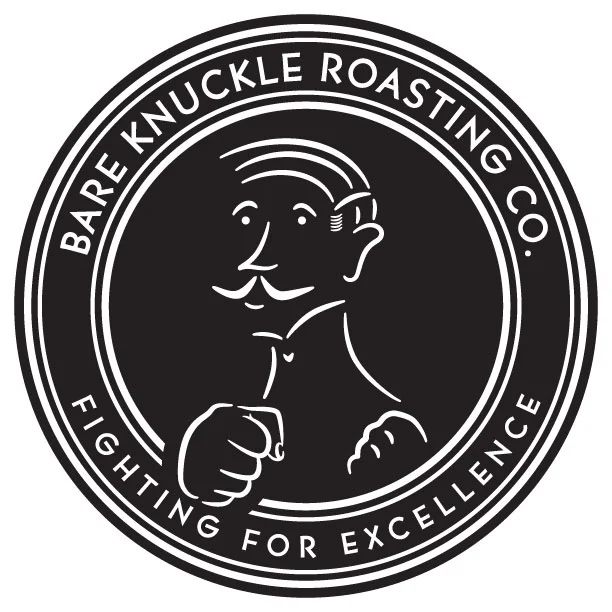Coffee Education
Excellent coffee doesn't always come easy, so one of our goals is to try and make it as accessible for our customers as possible to enjoy our product as much as we do. Here are the essential elements to great coffee: a quality burr grinder, fresh beans, proper water temperature, quality water, time, and a quality brew system.
Luckily, all of these are easily obtainable, for the most part...
For grinders, we recommend starting with a burr grinder that has a stepless "collar" adjustment so you're able to dial in the particle size per brew method/brew times. Baratza grinders are a good pace to start.
Fresh beans? We've gotchya covered.
For water temperature, we recommend 198 - 205 degrees. Keep in mind it's always a great idea to use a secondary thermometer to double check the temperature when it comes time to actually start preparing your coffee. Consistency is always key for coffee, and when it comes to water temperature, it can be a bit of a challenge to hit the proper parameters. A kettle/boiler that has a digital temperature readout is the best way to go about heating water for coffee.
Finding water that's suitable for coffee is by far the biggest challenge we've come across to replicate. Calcium and Magnesium are the two key minerals to extract the positive qualities out of coffee. A good reverse osmosis filtered water will work, but sometimes can lead to your coffee lacking clarity/brightness. The best way to have consistent water for coffee is to actually add in the minerals yourself. This can be time consuming/labor intensive, but can greatly heighten the coffee experience. Our approach to this is to set the proper ratio of Magnesium to Calcium. Here's how to obtain this: start with distilled water, and if you don't have access, use R.O water with very low mineral content. To make this easier, it's best to start with two "stock solutions" that contain mineral concentrates so it's simple to add in small amounts to a large amount of water to make this the most efficient. Start with Baking Soda for the Calcium source and Epsom Salt as the Magnesium source. To make the Magnesium solution, weigh out 12 grams of Epsom salt and stir it into 1000 ml of your low mineral base water. To make the Calcium solution, stir 14 grams of Baking Soda into 1000 ml of your low mineral base water. After you've made the stock waters, proceed to add 1 teaspoon ( 5 ml ) of each solution into 1 liter of low mineral water. This ratio may need to be slightly adjusted due to the base water variable. This is a great way to eliminate the variable of inadequate water as being the source of inadequate coffee at home.
Lastly, brew methods. There's no right or wrong to this, at the end of the day, coffee is all subjective to palate and taste. Explore, use, and taste varied methods before selecting a good brew method for your home. Find what works for you. Not everyone has time or patience to be meticulous with coffee, but its all about finding the perfect axis of time, effort, quality, taste preference and ease of use. Our Brew Guide page contains some method recipes that we've found to be tried and true and should provide a good starting point for you into the journey of coffee.
